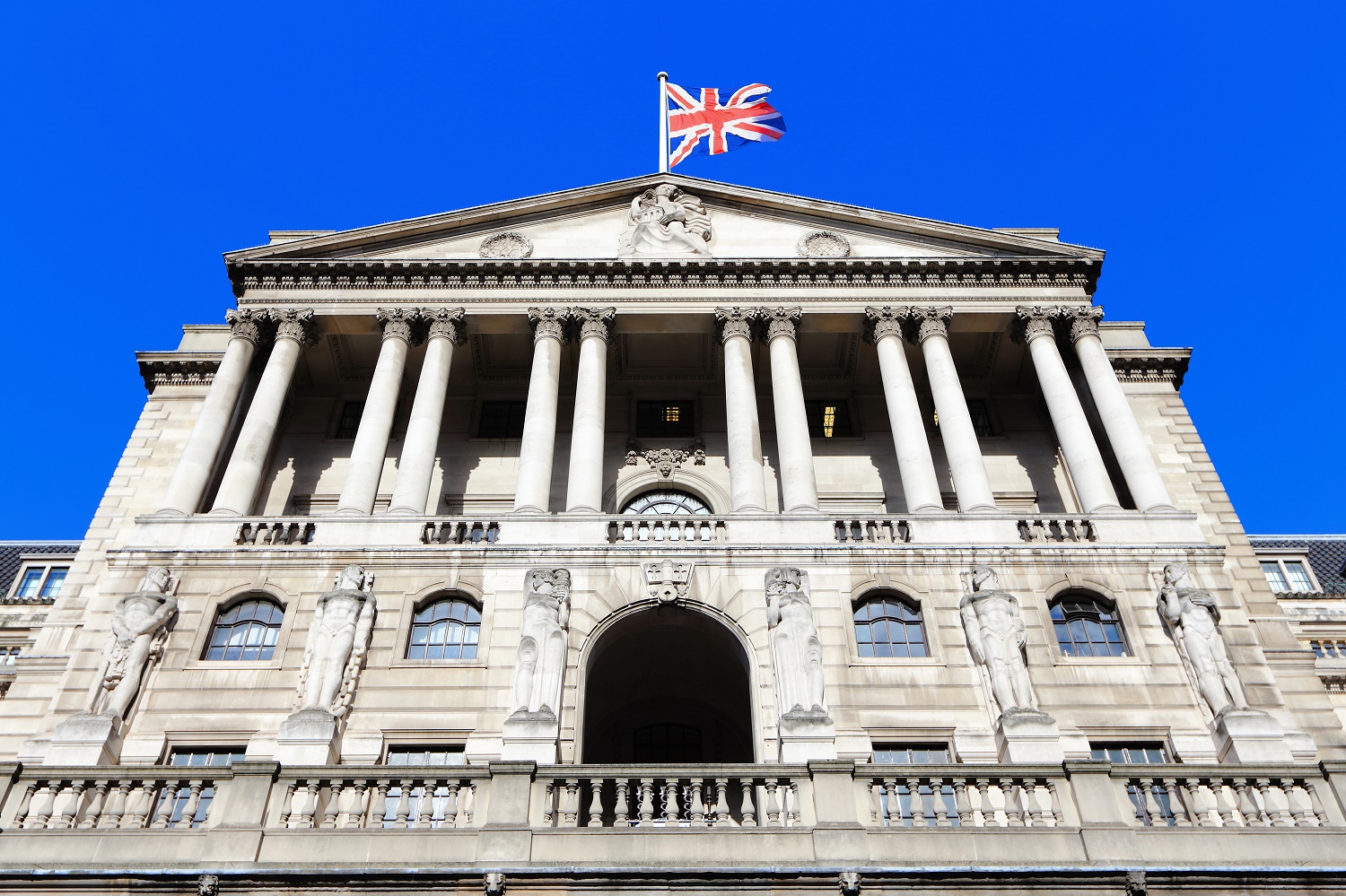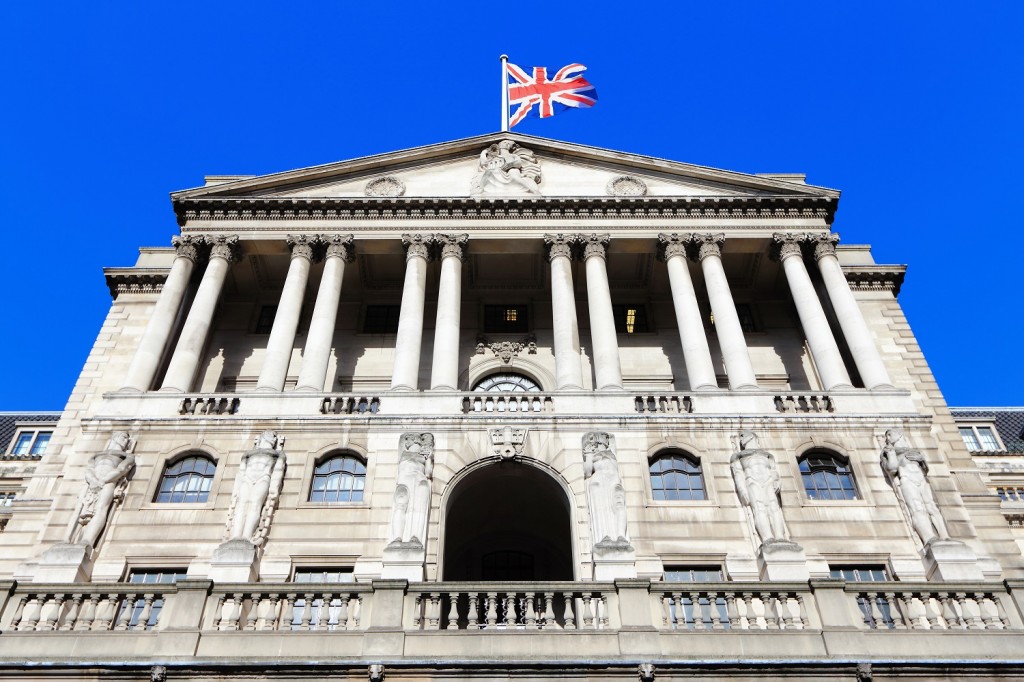
The Monetary Policy Committee (MPC) voted 8-1, with a single member preferring to keep the base rate at 0.5%.
It is now at the highest level seen since March 2020.
In a summary of the MPC meeting, the body says that previous expectations that inflation would peak at “around” 7.25% in April 2022 have since been revised upwards because of the Russian invasion of Ukraine and its attendant effect on commodity prices alongside further supply chain disruption.
It details: “Developments since the February Report are likely to accentuate both the peak in inflation and the adverse impact on activity by intensifying the squeeze on household incomes.”
It adds: “Inflation is expected to increase further in coming months, to around 8% in 2022 Q2, and perhaps even higher later this year.”
The MPC believes that falling consumer confidence, a result of said squeezed household disposable incomes, will also dampen UK GDP.
Earlier this month, the BoE produced a report that showed public confidence in the institution’s handling of the inflation rate has dipped for the fourth quarter in a row.
Kensington Mortgages capital markets and digital director Alex Maddox says: “This must have been a difficult decision for the MPC with so many volatile macro and geopolitical events to factor in.
“Markets are expecting the bank rate to hit 2% by the end of the year, so this rate rise of 0.25% to 0.75% is a step on that journey.
“With the risk of wage inflation or even Japanese-style stagflation continuing to emerge, the MPC may have a few more difficult meetings in 2022.”
Meanwhile, Knight Frank Finance managing partner Simon Gammon comments: “The BoE’s third consecutive rate hike ensures that we’ll continue to see lenders withdraw and reprice products on a daily basis.
“Mortgage rates that borrowers see today are noticeably higher than six months ago and in six months we would expect to see a similar increase. Often the repricing we’re seeing is by as little as 0.1% or 0.2%, but if that’s happening every other week then you start to see a steady upward trend.
“Five-year fixed rates were as low as 0.91% late last year, but now you’d be lucky to get them under 2%. You haven’t missed the boat, these rates are still very low by historic standards, but we do expect the upward trajectory of mortgage rates to endure for the foreseeable future.”
And Quilter mortgage expert Karen Noye adds: “This increase may kibosh the ever-increasing house prices we have seen over the past few years.
“The race for space, the stamp duty holiday and lockdown savings all fed into creating an incredibly hot housing market. However, today’s news coupled with the economic uncertainty resulting from the war in Russia and the cost-of-living crisis are all likely to finally halt runaway house prices.”



